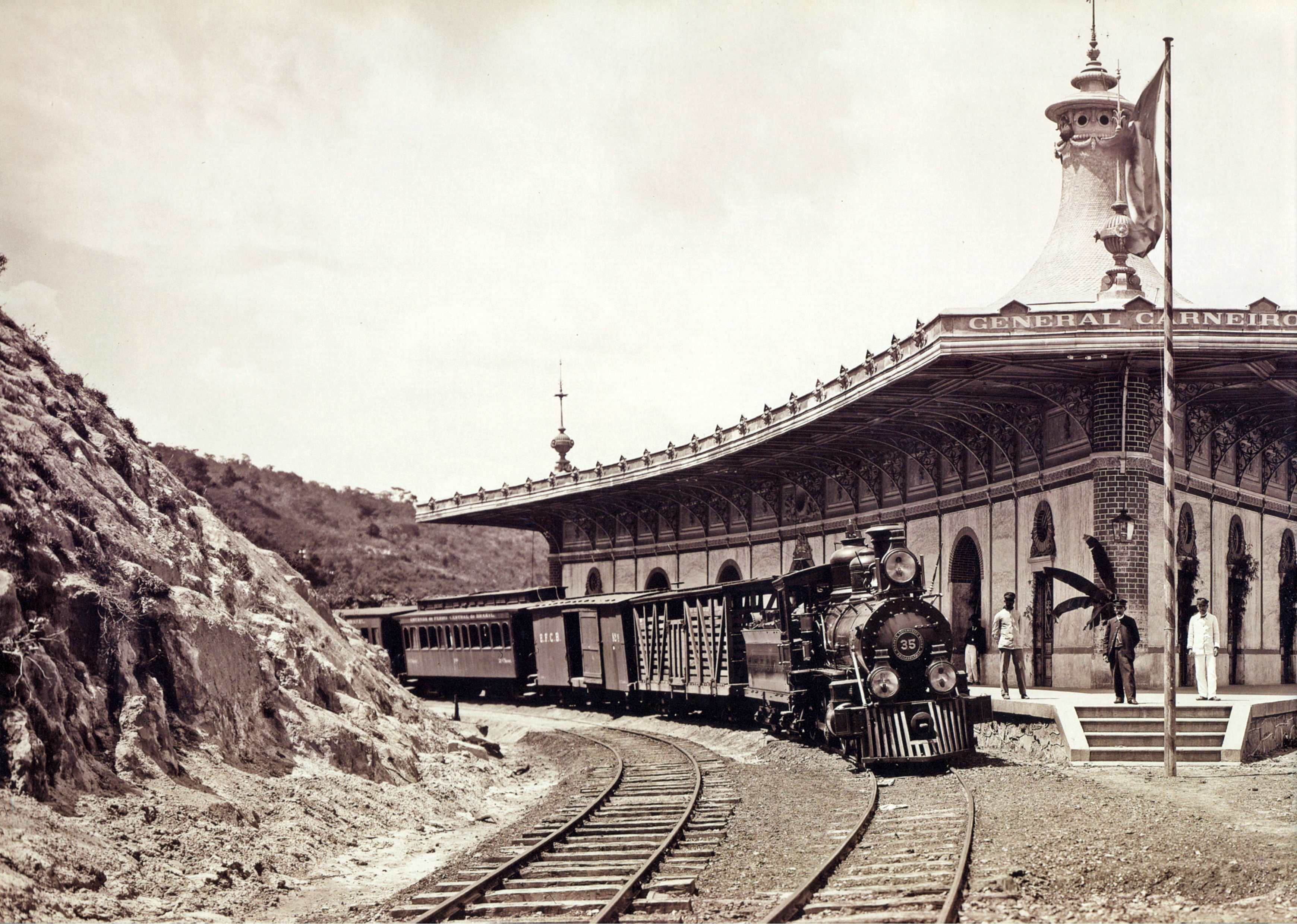The age of mass migration in Latin America
by Blanca Sánchez-Alonso (Universidad San Pablo-CEU, Madrid)
The full article accompanying this blog has been published in The Economic History Review.
—

Latin America was considered a ‘land of opportunity’ between 1870 and 1930. During that period 13 million Europeans migrated to this region. However, the experiences of Latin American countries are not fully incorporated into current debates concerning the age of mass migration.
The main objective of my article, ‘The age of mass migration in Latin America’, is to rethink the role of European migration to the region in the light of new research. It addresses several major questions suggested by the economic literature on migration: whether immigrants were positively selected from their sending countries, how immigrants assimilated into host economies, the role of immigration policies, and the long-run effects of European immigration on Latin America.
Immigrants overwhelmingly originated from the economically backward areas of southern Europe. Traditional interpretations have tended to extrapolate the economic backwardness of Italy, Spain, and Portugal (measured in terms of per capita GDP and relative to advanced European countries) to emigration flows. Yet, judging by literacy levels, migrants to Latin America from southern European countries were positively selected. Immigrants to Latin America from Spain, Italy and Portugal were drawn from the northern regions which had higher levels of literacy. There were very few immigrants to Latin America from the southern regions of these countries. . When immigrant literacy is compared with that of potential emigrants from regions of high emigration, positive selection appears quite clear.
One proxy often used to signal positive self-selection is upward mobility within and across generations. Recent empirical research shows that it was the possibility of rapid social upgrading that made Argentina attractive to immigrants. First-generation immigrants experienced faster occupational upgrading than natives; upward occupational mobility occurred for a large proportion of those who declared unskilled occupations on arrival. Immigrants to Argentina experienced a very fast growth in occupational earnings (6 per cent faster than natives) between 1869 and 1895. For the city of Buenos Aires in 1895, new evidence shows that Italian and Spanish males received, on average, 80 per cent of average native-born earnings. In some categories, such as crafts and services, immigrants obtained higher wages than natives. These findings provide an economic rationale why some Europeans chose Argentina over the US, despite a smaller wage differential between originating country and destination.
Immigrants appear to have adjusted successfully to Latin American labour markets. This is evidenced by access to property and in the large ownership of businesses. Almost all European communities experienced strong and fast upward social mobility in the destination countries. Whether this was because of positive selection at home or because of the relatively low skill levels in the host societies is still an open question.
European immigrants to Latin America had higher levels of literacy than the native population. Despite non-selective immigration policies, Latin American countries received immigrants with higher levels of human capital compared to natives. Linking immigrants’ human capital to long run economic and educational outcomes has been the focus of recent research for Brazil and Argentina. The impact of immigration in those areas with higher shares of Europeans appears to be important since immigrants demanded and created schools (public or private). New research presents evidence of path dependency linking past immigrants’ human capital with present outcomes in economic development in the region.
Immigration policies in Latin America raised few barriers to European immigration. However, the political economy of immigration policy of Argentina shows a more complicated story than the classic representation of landowners constantly supporting an open-door policy.
Brazil developed a long-lasting programme of subsidized immigration. The expected income of immigrants to São Paulo was augmented by prospective savings, a guaranteed job on arrival, and the subsidized transportation cost. Going to Brazil was perceived as a good investment in southern Europe. Transport subsidies and the peculiarities of the colono contract in the coffee areas seem more important explanations than real wage differentials for understanding how Brazil competed for workers in the international labour market. The Lewis model merits further investigation for two main reasons. First, labour supply increased faster than the number of workers needed for the coffee expansion because of subsidies and, second, labour markets in São Paulo were segmented. European immigrants supplied only a fraction (though a substantial one) of the total labour force needed for the coffee plantations. The internal supply of workers became increasingly important and must be included in the total labour supply.
Recent literature shows that researchers are either identifying new quantitative evidence or exploiting existing data in new ways. Consequently, new research is providing answers and posing questions to show that Latin America has much to add to debates on the economic and social impact of historical immigration.
—
To contact Blanca Sánchez-Alonso: blanca@ceu.es

